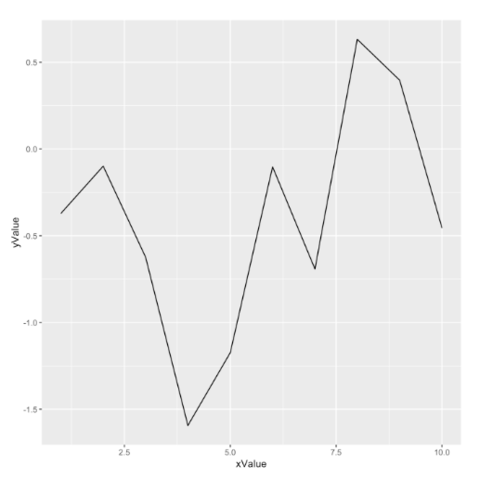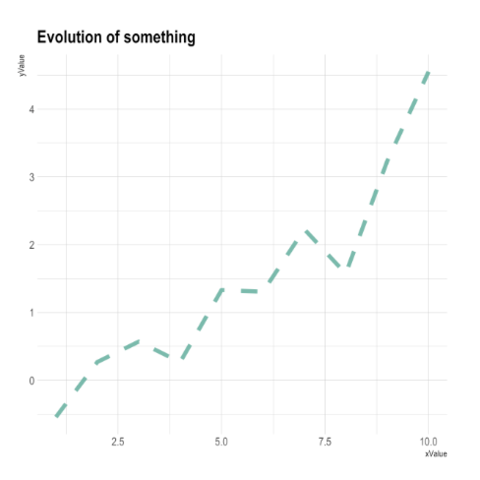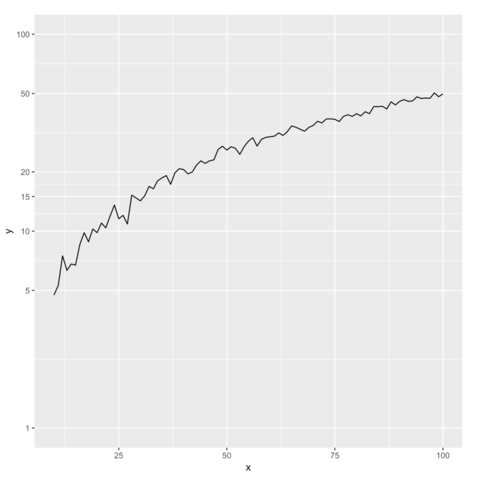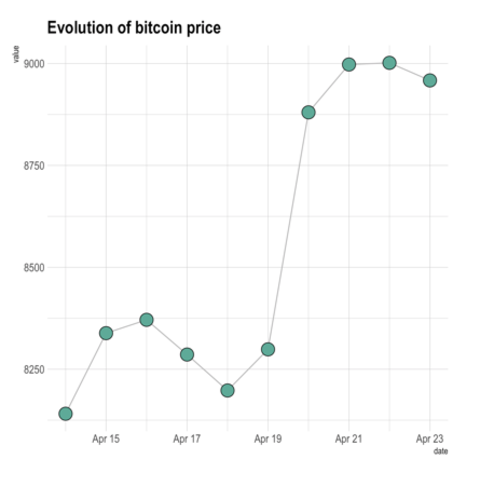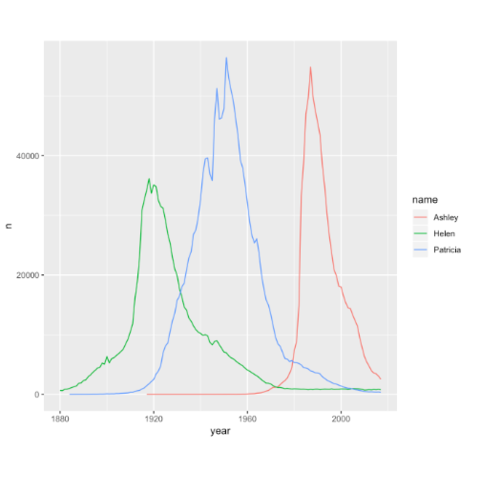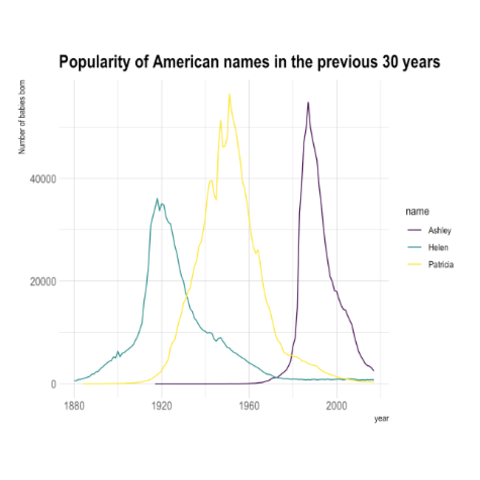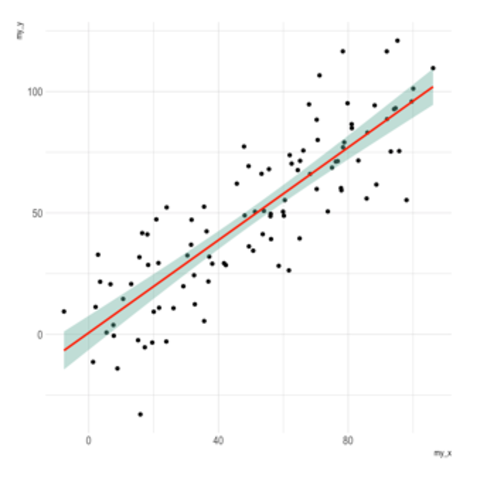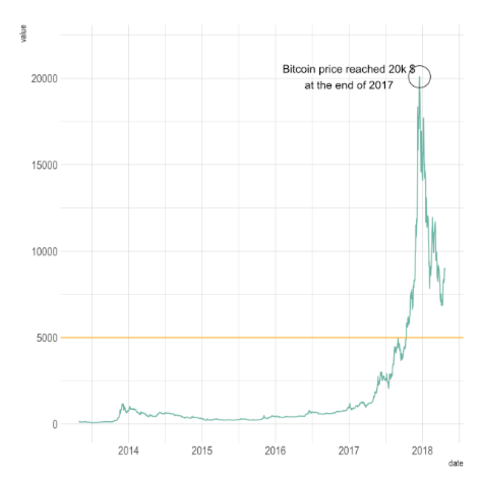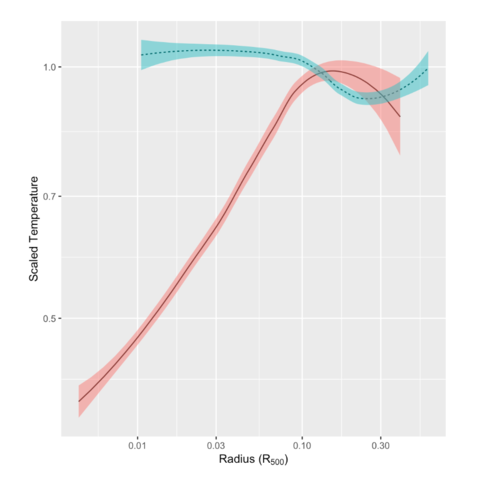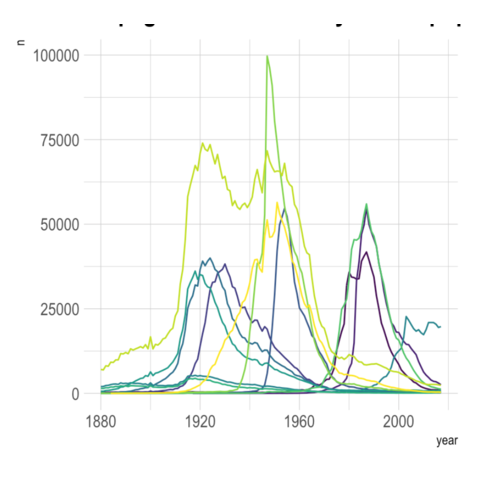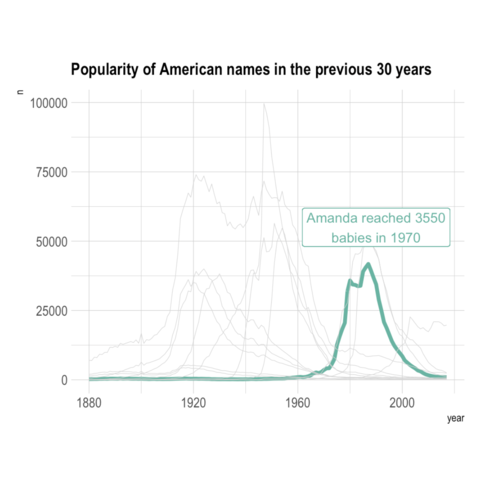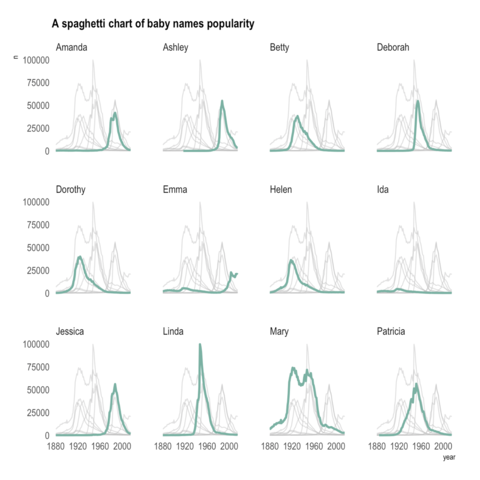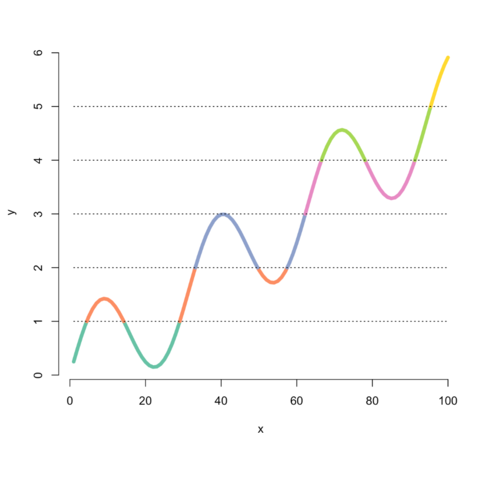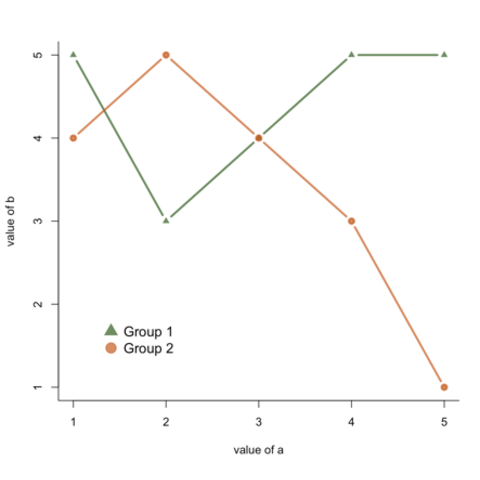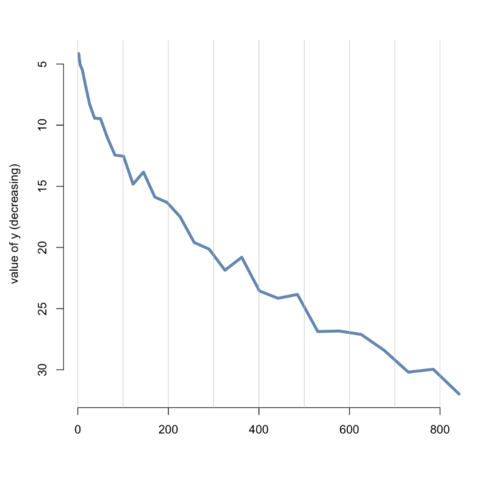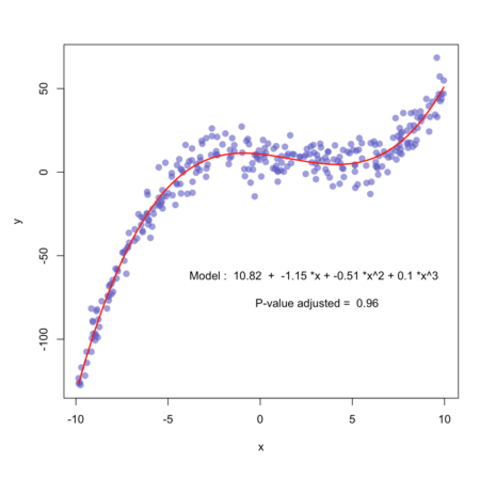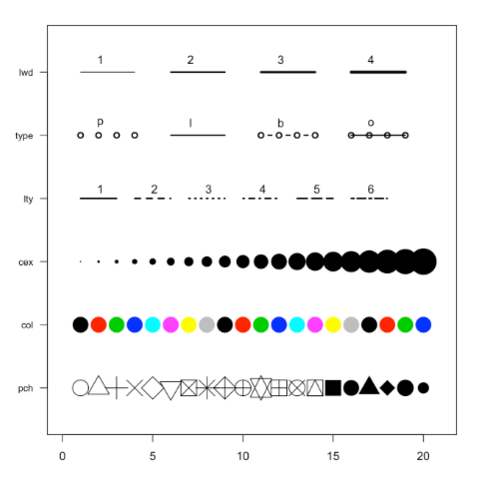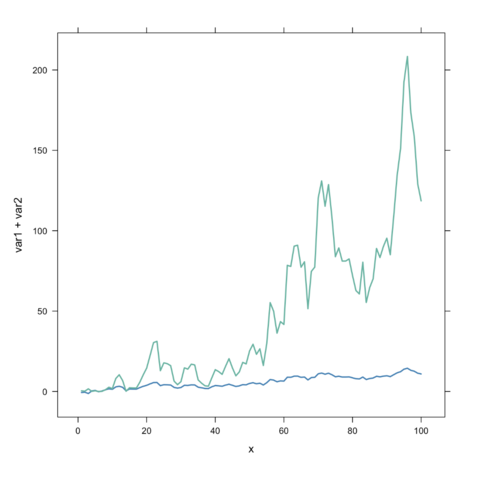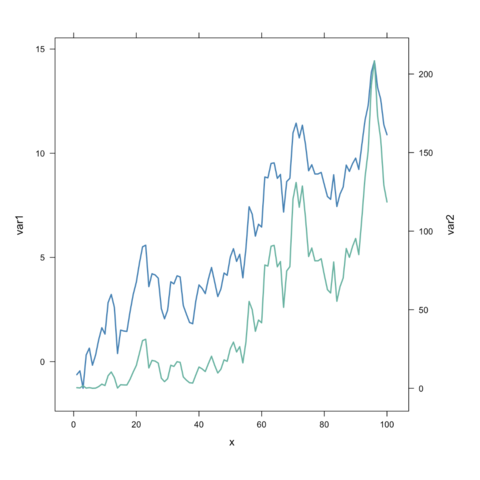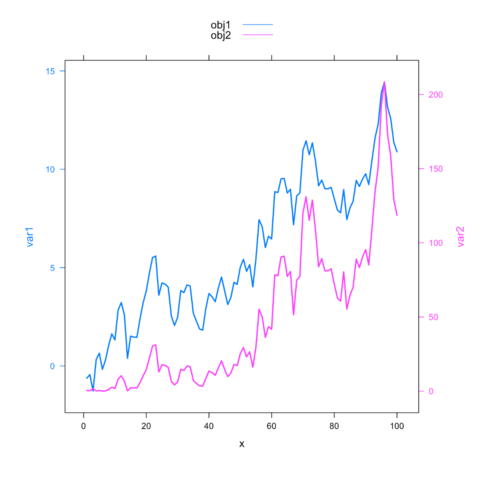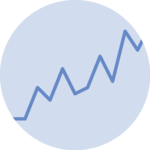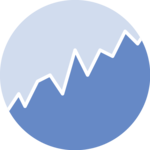This section is tightly linked with other sections. A connected scatterplot is almost the same thing, but each observation is represented as a dot. An area chart fills the surface between the line and the X axis. More generally, the time series section can interest you.
connected scatter area chart time seriesggplot2ggplot2 allows to draw line charts thanks to the geom_line() function. It expects as input a data frame with 2 numeric variables, one displayed on each axis. Start your journey with the most basic line chart.
geom_ribbon and geom_smoothLine charts are often displayed together with confidence intervals. ggplot2 offers 2 main functions to build them. geom_ribbon allows to build the area around the curve from precomputed values. geom_smooth will compute a model for you and plot the result directly.
ggplot2)When too many groups are displayed on the same line chart it gets very hard to get insight from the figure. This is commonly called a spaghetti chart. Here are a few alternatives using ggplot2: annotation and small multiple.
In base R, the line function allows to build quality line charts.
latticeExtraWarning: a dual Y axis line chart represents the evolution of 2 series, each plotted according to its own Y scale. This kind of chart must be avoided, since playing with Y axis limits can lead to completely different conclusions. Visit data-to-viz for more info.
Why you should avoid it